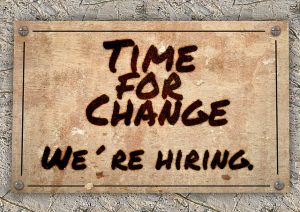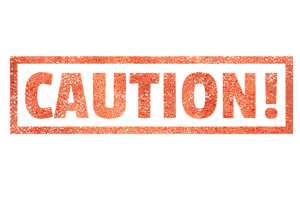They say you never know when an accident is going to happen. That’s what they say. The truth is that while some accidents can blindside us, there are others that are easy to see coming a mile away. You don’t need a magic ball to know what’s going to happen when someone reaches into the oven without an oven mitt. Here are some telltale signs of a situation about to go awry on a construction site:
The Wrong Kind of Shouting
There’s a lot of shouting going on at any given construction site, but most of it is helpful. Shouting “grab us another two by four” over the sound of the belt sander, for instance. Shouting because you’re mad at someone, on the other hand, is a catalyst for disaster. If you have two workers who aren’t getting along, the tension and distraction of having them arguing on the job can lead to serious injury. Handle conflicts between workers before it becomes a problem, and split them up if it does.
Sloppy Housekeeping
Tools not in use need to be packed up, extension cords need to be tucked neatly into corners when possible. The less stuff there is laying around on the floor for your workers to trip on, the less likely it is that you’re going to have someone out on worker’s comp for a month.
Butterfingers
We all have our “whoopsie” moments. Sometimes it’s a one-off slip, sometimes it’s a sign that we’re not quite on our game right now. If you have a worker who’s been dropping his tools all morning, maybe let him get some coffee in his system before you have him work the jackhammer.
Shortcuts
Passing a drill up and down a scaffolding by dangling it from its extension cord, mounting the top two steps of a ladder, working without safety goggles because we’re only going to be using the bench drill for a few seconds, most of us have been guilty of taking a shortcut like this at some point. Don’t let your team make a habit of it.
End-of-Day Fatigue
The best way to schedule out your work for the day is to save the easy stuff for last. After seven hours of putting up drywall and installing sinks and bathtubs, you’re not going to be in the right state of mind to clear out an old tree stump with a chainsaw and a winch.














